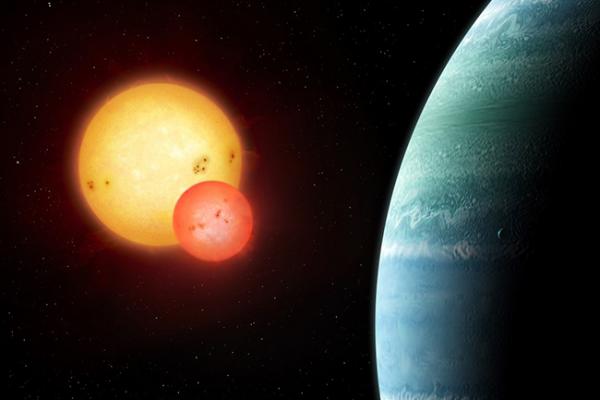
Discovery and Characterization of sub-Neptune Exoplanets
The discovery and characterization of Hot Jupiters — gas giant planets on few-day orbits — was the subject of the latest Nobel
Prize, and has been a fecund area of research since these planets were discovered a quarter-century ago. However, these planets
are intrinsically rare: much more common are planets roughly the size of Neptune and smaller, the so-called sub-Neptunes and
super-Earths. These smaller worlds represent the typical end product of the star and planet formation process, yet to date, few
have been subjected to detailed scrutiny beyond their bulk properties (mass, radius, and density). I will describe the
large numbers of new sub-Neptunes discovered in recent years by space-based transit photometry, and discuss some of our emerging insights into their atmospheric structure and composition.
